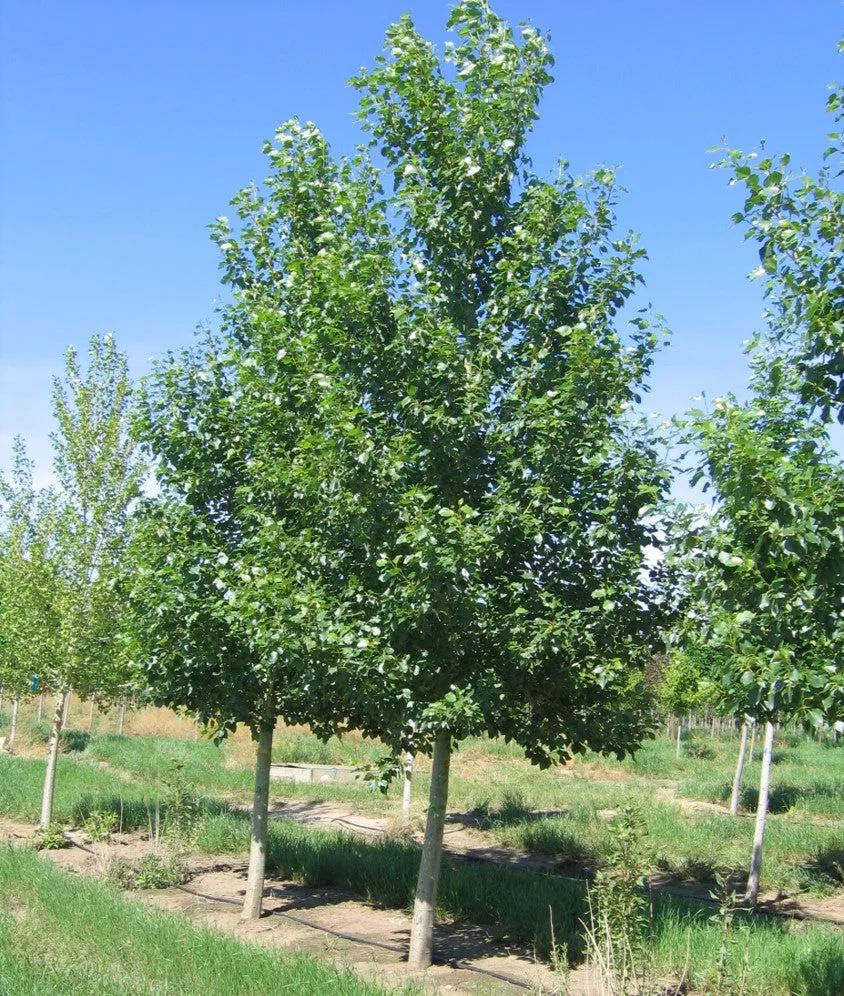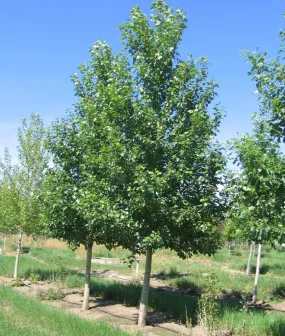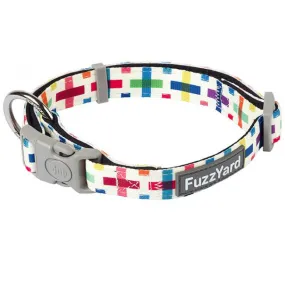Byland Green Poplar typically has an upright, pyramidal form when young, maturing into a more rounded shape with age. The leaves are triangular to diamond-shaped, with serrated edges, and they are a vibrant green color throughout the growing season. In the fall, the foliage turns yellow before dropping. The bark is smooth and grayish-green on younger trees, becoming furrowed and darker with age.
- Size: Byland Green Poplar can grow rapidly, reaching heights of 40 to 60 feet (12 to 18 meters) or more at maturity. The spread of this tree is generally about 30 to 40 feet (9 to 12 meters) wide.
- Location: Plant Byland Green Poplar in a location with full sun exposure for optimal growth and development.
- Soil: These trees prefer moist, well-draining soil. They can tolerate a wide range of soil types, including clay and loam, but they perform best in soil that is rich in organic matter.
- Watering: Provide regular watering, especially during dry periods, to keep the soil consistently moist but not waterlogged.
- Fertilization: Fertilize Byland Green Poplar annually in early spring with a balanced fertilizer to support healthy growth.
- Pruning: Minimal pruning may be necessary to maintain a desirable shape and remove any dead or damaged branches. Prune in late winter or early spring before new growth begins.
- Pest and Disease Management: Keep an eye out for common pests such as aphids, caterpillars, and borers, as well as diseases like rust and canker. Treat any infestations or infections promptly with appropriate control methods.
- Mulching: Apply a layer of mulch around the base of the tree to help retain soil moisture, regulate soil temperature, and suppress weed growth.















